Planning a trip and wondering about the best time to visit Machu Picchu? For most travelers, the shoulder season is usually April – May and September – November. These shoulder months often give you a better balance of decent weather and lighter crowds than the peak dry season (especially June to August).
But there isn’t one perfect month for everyone: photographers may prioritize clearer skies, hikers need to think about trail conditions, and budget travelers might prefer the quieter rainy season. In this guide, you’ll find a simple month-by-month planner, plus practical booking tips, so you can pick dates that match your travel style and avoid the most common mistakes.
When is the best time to visit Machu Picchu?
The best time to visit the Inca citadel in terms of good weather, clear skies, fewer crowds, and entrance ticket availability is during the Shoulder Season, which runs from April to May, and from September to November. These months offer a balance between pleasant conditions and a more relaxed experience, without crowds.
But if, for some reason, you’re not coming during these months, don’t worry, we’ll break down the pros and cons of traveling here month by month so you can decide what works best for you.
When is the least crowded time of the year in Machu Picchu?
If you want to see Machu Picchu when it is empty, January and February are the best months to visit; you will find reasonable hotel prices, the best train schedules, and incredible prices for everything.
These months are the heart of the rainy season, and you must always be prepared with rain gear and delays due to bad weather.
When is the busiest time of the year in Machu Picchu?
June, July, and August are the busiest months of the year. To travel to Machu Picchu, you must book your tour in advance to get the best schedules and prices. There are long lines to take the bus and enter Machu Picchu during these months.
When is the cheapest time to visit Machu Picchu?
The lowest prices are usually from November to March (around the rainy season), when flights and hotels often cost less. Even so, you still need to plan ahead, spots for popular hikes like Huayna Picchu can sell out, so it’s smart to book about three months in advance (rather than around six months in the peak season).
What is the best time of the day to visit Machu Picchu?
The best time to visit Machu Picchu depends on your preferences and objectives for your visit. Here are some considerations when choosing the best time of day to visit this incredible site:
Machu Picchu during the first opening
The main gate of Machu Picchu opens at 6:00 a.m. To arrive during this time, it is necessary to take the very early bus from Aguas Calientes. The first bus leaves at 5:30 a.m. and arrives just as Machu Picchu opens.
Arriving at 6:00 am, you may be fortunate enough to witness the sunrise at Machu Picchu. Of course, sunrise is not guaranteed, but you will be able to experience the citadel with the few visitors arriving in the morning. Generally, people who choose these times stay overnight in Aguas Calientes; passengers on the Short Inca Trail, Salkantay Trek, Lares Trek, and other tours use this time.
Machu Picchu during the day
After 9:00 a.m., trains will arrive in the town of Aguas Calientes from Cusco and Ollantaytambo, and all day-trippers will visit the wonderful Inca citadel of Machu Picchu. This is the busiest time of day, with several trains arriving from Cusco and Ollantaytambo.
Visiting Machu Picchu during this time is more likely to enjoy better weather and better photos. Visitors who choose these later times usually travel by train in the morning and return to Cusco the same day.
Machu Picchu in the afternoon
Many visitors enter Machu Picchu as late as 1:00 p.m. and finish their visit at 3:00 p.m. It's worth mentioning that visiting Machu Picchu after 2:00 p.m. is an excellent opportunity to enjoy the solitude of your visit.
To visit Machu Picchu during these later times, you must book a 2:00 p.m. entry time and you will be able to enjoy the citadel until before 5:30 p.m. This later time slot is recommended for those with afternoon trains or those planning to spend a night in Aguas Calientes.
Machu Picchu on Sundays
Machu Picchu is open all week; Sundays are free for locals and are expected to be crowded. Try to avoid Sundays if possible.
Machu Picchu Seasons
Machu Picchu is located in the cloud forest, a mountainous area that serves as a natural barrier between the Andes and the Amazon. This unique location is often cloaked in mist and rain, giving the site its mystical charm. Beyond the breathtaking ruins, you’ll be amazed by the incredible biodiversity that thrives here.
When planning your visit to Machu Picchu, you need to know the region’s three distinct seasons. The dry season, which runs from May to September, the rainy season, which runs from December to March, and the intermediate season between these two (April to May, September to October, and even November). However, you should also consider crowd levels and personal travel styles.
Let’s explore each of the factors to help you decide when to embark on this journey.
Key factors to consider when visiting Machu Picchu
The weather | The weather in Machu Picchu can change a lot throughout the year. The best time to go is between May and September when the days are usually warm and sunny. From October to April, you’ll likely encounter rain and high humidity, which can make exploring a bit more challenging. |
Crowds | Machu Picchu is a popular tourist destination, which means large crowds, especially during the peak seasons like June, July, and August, as well as Christmas and New Year's holidays. To avoid the busiest periods, consider visiting during the shoulder seasons in April-May, September-October, or November. |
Availability | Access to Machu Picchu is limited to only 5,600 tickets per day during the high season. These Machu Picchu tickets sell out quickly, especially during the busiest months, so it is important to book tickets in advance. |
Festivals | Peru hosts many festivals and cultural events throughout the year, which can be a great addition to your trip. However, these events also bring more visitors, making it harder to find accommodations and tours. |
Machu Picchu rainy season
Visiting Machu Picchu during the rainy season (December to March) offers a different experience compared to the dry season. The weather is cooler, and the landscape is lush and green. Therefore, the best time to visit this Inca gem is during the early rainy season, from late September to early December.
Here are some things to keep in mind:
Aspect | Details |
|---|---|
Weather | Expect frequent rain showers and high humidity. This makes hiking and exploring Machu Picchu more challenging, but the landscape is lush and green. |
Crowds | The rainy season is generally less crowded than the dry season, allowing you to explore the ruins with fewer tourists. |
Safety | The rain can make the trails and ruins slippery and more difficult for hiking. Wear appropriate footwear and clothing. |
Photography | The rain can enhance photography, with mist and clouds adding a mystical quality to the Machu Picchu citadel. |
Flexibility | Be prepared to adjust your plans based on weather conditions. Some areas may be affected by flooding or landslides. |
The heavy rainy season runs from mid or late December to late March, with rain most likely in the early mornings or late afternoons. Despite the showers, the sun often breaks through, giving you the chance to capture stunning photos of Machu Picchu with the misty clouds as a backdrop.
You'll also find fewer visitors, making it a great option for those who enjoy a quieter experience. And it’s a good time to find deals on flights and hotels, making your trip more budget-friendly.
Machu Picchu shoulder season
The shoulder seasons are the transition periods between the rainy and dry seasons. During these months, the weather is nice and balanced—not too cold, too sunny, or too rainy. Machu Picchu also sees fewer visitors compared to the peak season, making it a great time to visit. These seasons typically include April to May, September to October, and even November. Moreover, tickets don't sell out as quickly this season. Thus, if you'd like to buy your Machu Picchu tickets, you can visit the official ticket sales website, tuboleto.pe.
Aspect | Details |
|---|---|
Weather | The weather is generally pleasant, with mild temperatures and lower humidity. However, be prepared for some rainfall, especially in the earlier part of the shoulder season. |
Crowds | The shoulder season is generally less crowded than the high season. |
Safety | The weather is mild, but rain can make some areas slippery. Wear appropriate footwear and be cautious on wet trails. |
Photography | The shoulder season offers good lighting for photography, with fewer tourists in your shots. The occasional rain can also add a unique atmosphere to your photos. |
Flexibility | The shoulder season can be a good time to visit if you want to book accommodations or tours with more flexibility. |
If you want to experience Machu Picchu without the crowds, the shoulder season is the perfect time to visit. From April to May and September to November, the weather is still warm and sunny, and there are fewer tourists. All these factors make this the best time to explore the Inca citadel.
Dry season Machu Picchu
Machu Picchu during the dry season is an experience you won’t want to miss. This season runs from May to September, offering hot, dry weather with very little rainfall. While the temperatures are warm, they’re less intense compared to other parts of Peru, making this a great time to visit.
The dry season begins in May, with minimal rain, and coincides with Peru’s winter. This is also when many travelers from the US, Canada, Europe, and other northern hemisphere countries flock to Machu Picchu during their summer vacations. Therefore, the Machu Picchu tickets for this season use to be empty quickly.
But don’t worry, check our Machu Picchu tickets guide to check availability for this season and get the best tips to get your Machu Picchu entrance ticket, without dying in the attempt.
Here’s what to keep in mind if you’re planning a trip during the dry season:
Aspect | Details |
|---|---|
Weather | The dry season generally brings clear skies, sunny days, and cold nights. This makes for ideal hiking and exploring conditions, as well as great photography opportunities. However, the weather can still be unpredictable, especially at higher elevations. |
Crowds | The dry season is also high season, so Machu Picchu and surrounding areas can be very crowded. Book your accommodations, transportation, and tours well in advance to ensure availability. |
Availability | During the dry season, all Inca sites, including the Inca Trail, are usually open to visitors. However, permits for the Inca Trail can sell out quickly, so it's important to book well in advance. |
Festivals | The dry season is also a time for cultural festivals and events in Peru, such as the Inti Raymi festival in June. This can enhance your visit experience, but these events can also mean higher prices and more tourists. |
The days are sunny, offering great views, and the nights are cold, with a clear sky for stargazing. During this season, snow is expected on the high mountain treks. June, July, August, and September are in this group. So this makes a good time to go to Machu Picchu.
Keep in mind:
Most travelers prefer to visit Machu Picchu during the dry season (May to October), thinking it won't rain. However, the weather in the Andes is very unpredictable. The cloud forest has some of the most unstable weather in the world. Even during the driest months of the year, like June and July, unexpected rainfall can happen. Every season has its pros and cons, so it's important to consider your personal preferences when deciding to visit the Inca marvel.
Machu Picchu Weather by Month
Even though we only have 2 seasons, the dry and wet seasons, you must always be prepared for sunny, cloudy, and rainy days. The weather in the Andes is challenging to predict since Machu Picchu is located in the Cloud Forest region. Here's a breakdown of Machu Picchu weather by month:
Machu Picchu In January
January is the month when the rains begin (with an average of 150 mm of rainfall); you must always have good rain gear when visiting Machu Picchu. If you're traveling this month, you must be prepared for possible itinerary changes, trail closures due to landslides, train delays, and flight cancellations.
The temperatures in Machu Picchu will vary from highs of around 71°F (21°C) and lows of around 45°F (7°C). This month is suitable for travelers who want to visit Machu Picchu alone and get good deals on hotels, flights, and tours.
- Machu Picchu and Inca Trail tours are available daily; we recommend avoiding the Salkantay Trek and Choquequirao Trek. The Lares Trek is the best tour for hiking Machu Picchu this month.
Machu Picchu in February
February is the rainiest month of the year and is expected to have heavy rains (with an average of 200 mm of rainfall). The number of visitors to Machu Picchu has reached its lowest point.
The temperatures in Machu Picchu will vary from highs of around 72°F (22°C) and lows of around 46°F (8°C). Travelers must be prepared for rain, schedule changes due to landslides, or bad weather.
Machu Picchu in March
In March, the weather improves with more sunny days and fewer hours of rain daily, with an average of 170 mm of rainfall. The second half of the month is the preferred time for travelers.
The temperatures in Machu Picchu will vary from highs of around 71°F (21°C) and lows of around 42°F (6°C). Most trekking tours, including the Inca Trail Tours, will be open after February.
- We recommend avoiding tours like Salkantay Trek as they are located in the Amazon area, and the rains are still weighty.
Machu Picchu in April
April starts with more travelers arriving in Machu Picchu. The shoulder season (transitional month between the rainy and dry seasons) begins with great weather and a few rainy days, and travelers will see the sunrise more often in Machu Picchu.
The temperatures in Machu Picchu will vary from highs of around 73°F (22°C) and lows of around 39°F (4°C).
- This is the perfect time to take a hiking tour to Machu Picchu and travel by train. Tours will sell out fast, and you need to book in advance.
Machu Picchu in May
The dry season starts. However, it would be best if you still were prepared for rainy days. May is usually busy on the Classic Inca Trail to Machu Picchu and other hiking tours. The weather in May makes it perfect for visitors, with a clear sky and amazing views of the mountains.
The temperatures in Machu Picchu will vary from highs of around 86°F (30°C) to lows of around 42°F (6°C).
- May is arguably one of the best months to visit Machu Picchu, hike the Inca Trail, Salkantay trek, Lares trek, and other alternative hikes.
Machu Picchu in June
June starts the high season for tourism in Peru; thousands of travelers will arrive in Peru, especially from the northern hemisphere, where they have summer vacations. Little rain is expected during these months.
The temperatures in Machu Picchu will vary from highs of around 83°F (28°C) to lows of around 44°F (7°C).
- Like the Inca Trail, Salkantay, and Lares trek, most tours will be crowded; you must book in advance.
Machu Picchu in July
July is the heart of Peru's dry and winter seasons. Due to Machu Picchu's location, the temperature will have few variations. However, the mountain temperature will drop below freezing, especially at night and early morning.
The temperatures in Machu Picchu will vary from highs of around 82°F (27°C) to lows of around 44°F (7°C).
- There are long lines to get the buses and trains to Machu Picchu this month. You must book hotels and tours far in advance.
Machu Picchu in August
Historically, August is when we get the highest number of visitors. You must be prepared to see many visitors everywhere and wait in line to board the buses and enter Machu Picchu.
- Temperatures in Machu Picchu will range from around 78°F (26°C) to around 42°F (6°C). All trails are available; we recommend alternative treks to Machu Pichu.
Machu Picchu in September
The rains are back in September, and the dry season will end; the cold winter is also replaced by cooler mountain weather.
The temperatures in Machu Picchu will vary from highs of around 73°F (22°C) to lows of around 44°F (7°C). All trails are available; we recommend alternative treks.
- With the drop in the number of visitors to Peru, Machu Picchu's long lines are over, making it perfect for hiking in the mountains.
Machu Picchu in October
October is a good time to go to Machu Picchu. As it's the transition month between the dry and wet seasons, little rain is expected, and we're away from the cold weather of the winter season.
The temperatures in Machu Picchu will vary from highs of around 72°F (22°C) and lows of around 41°F (5°C).
- October is the perfect month to travel to Machu Picchu, as we have a lot of availability and fewer visitors.
Machu Picchu in November
November starts the rainy season officially. However, we will have weeks of sun and pleasant weather.
The temperatures in Machu Picchu will vary from highs of around 78°F (25°C) and lows of around 45°F (7°C).
- Machu Picchu will decrease the number of visitors, and the hiking tours will have fewer visitors.
Machu Picchu in December
The rains will occur more often. However, the number of travelers will increase in the last weeks for the end-of-year holidays.
The temperatures in Machu Picchu will vary from highs of around 71°F (21°C) and lows of around 44°F (6°C).
- December is one of the last months to have good weather before entering the heavy rainy season.
Best time to hike the Classic Inca Trail to Machu Picchu
The best time to hike the Classic Inca Trail to Machu Picchu is during the dry season. This is because the weather is drier and there is less chance of rain. The trail can be pretty challenging, so it is essential to make sure that you are prepared for the hike. Many tour companies offer group tours, making the experience much more enjoyable and meeting new friends.
Inca Trail during the Dry Season
The dry season starts in May and continues until the end of September; during this time, there are expected to be fewer rainy days. However, the Inca Trail is located in the cloud forest and down can occur anywhere. We recommend always traveling prepared for all types of weather.
During the dry season, the temperatures can be very hot during the day; you need to protect yourself from the sun, and at night the temperature can drop below 0°celcius.
Inca Trail during the Rainy season
The Inca wet season starts from November until March; some years, rains might begin as late as December. During this time is expected to have more rainy days, and travelers must have good hiking equipment.
Peru's rainy season is also slow, with fewer visitors in places like Machu Picchu. Temperatures are cooler during the day and night; the variation is not as extreme as in the dry season.
Inca Trail during the shoulder season
The shoulder season is the transition months between the dry and rainy seasons. These months are the best time of the year to hike the Inca Trail; these dates include the months of April and October, and in some years, this can be extended up to May and November.
Machu Picchu Frequently Asked Questions
Machu Picchu, the ancient Inca city located in the Peruvian Andes, is one of the most popular tourist destinations in the world. Here are some frequently asked questions about this impressive archaeological site:
Where is Machu Picchu?
Machu Picchu is located in southern Peru, about 80 km northwest of the city of Cusco, in the mountainous region (eyebrow of the jungle) of the Andes.
How to get to Machu Picchu?
To get to Machu Picchu, you must first take a domestic flight from Lima to Cusco. From Cusco, you can take a train to Aguas Calientes, the closest town to Machu Picchu. From there, you can take a bus or hike to the archaeological site.
What are the Machu Picchu tickets and circuits?
Since 1 June 2024, Machu Picchu has used three main visitor circuits divided into ten one‑way routes. Entry is organized by hourly time slots, and you must follow exactly the route printed on your ticket. Once you leave the site, you cannot re‑enter, so arrive before your assigned time, use the restrooms beforehand, and carry only a small daypack.
Circuit 1: Panoramic (viewpoints)
- 1‑A Machu Picchu Mountain: Includes access to the citadel plus the Machu Picchu Mountain hike, offering wide, high‑altitude panoramas. Max stay: up to 7 hours.
- 1‑B Upper Terraces: Focus on higher terraces and the classic postcard views, with less time in the urban area. Max: 2 h 30 min.
- 1‑C Intipunku (Sun Gate): Panoramic approach via the Sun Gate, available only in high season. Max: 4 hours.
- 1‑D Inca Bridge: Short walk to the Inca Bridge viewpoint, also limited to high season. Max: 3 hours.
Best for: Travelers wanting elevated postcard‑style vistas or the long Machu Picchu Mountain hike.
Circuit 2: Classic (citadel‑focused); default
- 2‑A Designed: A comprehensive walk covering the main sectors, including Intiwatana, Sacred Rock, and Temple of the Condor, plus key viewpoints. Maximum visit: 2 h 30 min.
- 2‑B Lower Terraces: Similar scope but with perspectives from the lower terraces and panoramic views. Maximum visit: 2 h 30 min.
Why this is the default: It provides the richest, most balanced route through the core of Machu Picchu within a comfortable time frame.
Circuit 3: Lower entrance / urban areas (mountain add‑ons)
- 3‑A Huayna Picchu: Citadel access combined with the steep Huayna Picchu climb. Max visit: up to 6 hours.
- 3‑B Designed (lower sector): Focus on key temples and urban sectors with gentler slopes. Max: 2 h 30 min.
- 3‑C Great Cavern / Temple of the Moon: Long hike on the Huayna side towards the Great Cavern; available only in high season. Max: 7 hours.
- 3‑D Huchuy Picchu: A shorter alternative hike on the Huayna side, likewise in high season only. Max: 3 h 30 min.
Time slots & practical tips: Entries are scheduled by the hour. Aim to reach the gate before your time slot, go to the bathroom before entering, and bring only what you need for a few hours inside. Remember: once you exit, re‑entry is not allowed on the same ticket.
Is Machu Picchu open on Christmas?
Yes. Machu Picchu stays open all year, including Christmas. Just keep in mind that holidays and weekends can be more crowded than usual.
Is the hike to Machu Picchu difficult?
It depends on the route you choose and your fitness level. Some hikes take several days, but you can also stay in Aguas Calientes and walk up in about two hours. That trail is straightforward, though it includes steep steps that can be tiring.
What is the best time to photograph Machu Picchu?
For the clearest photos, the dry season is usually best (April to October). The weather is generally more stable, with less rain, which helps you get brighter, sharper shots.

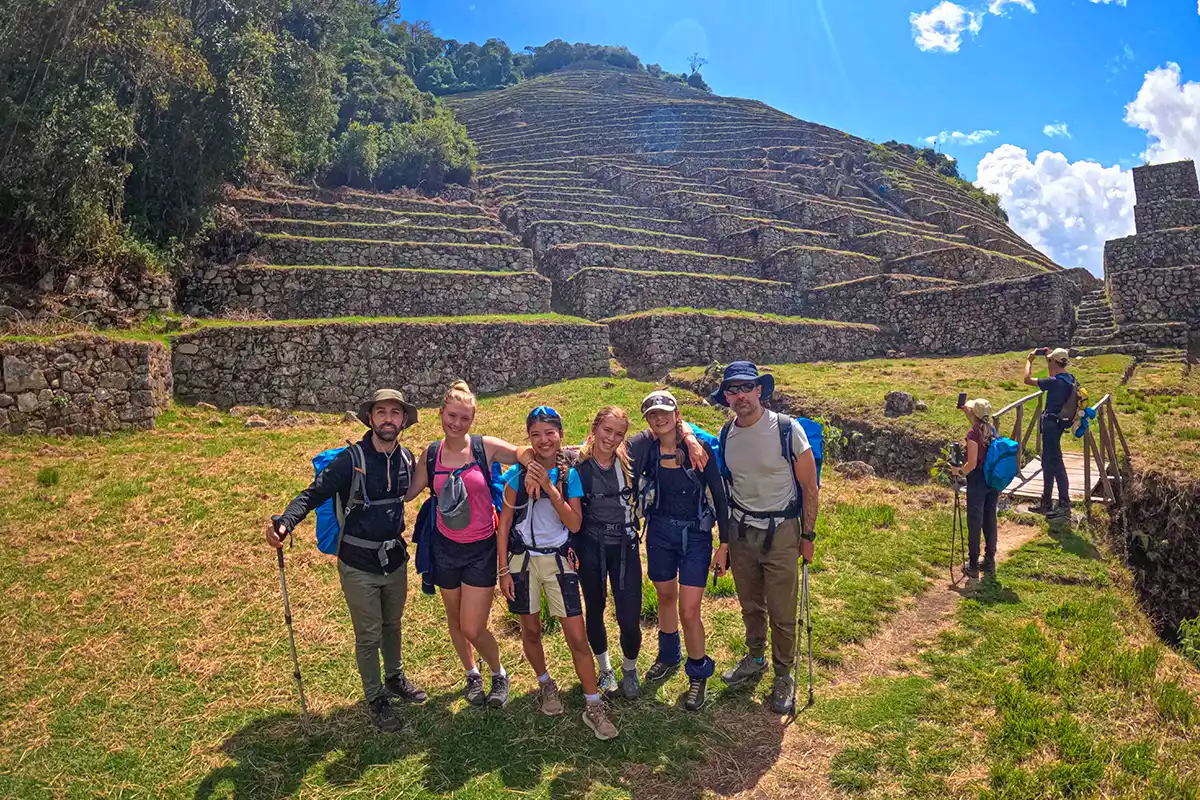
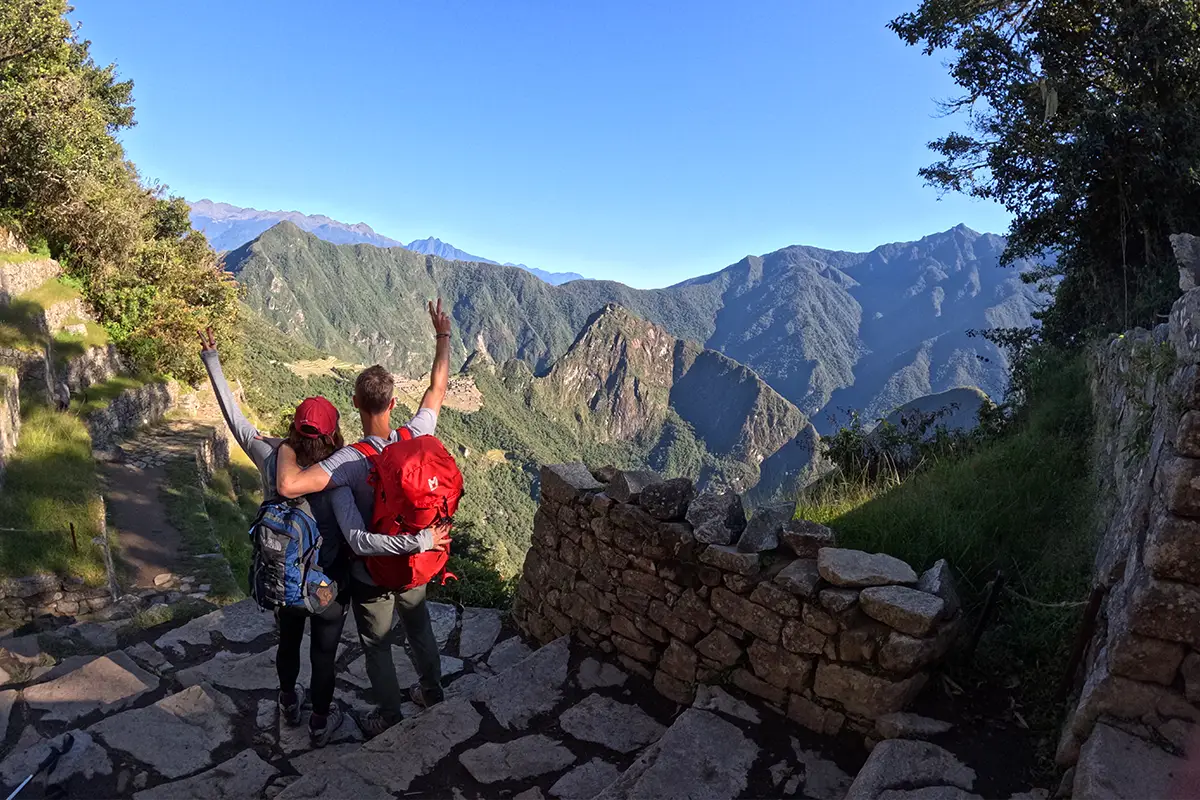
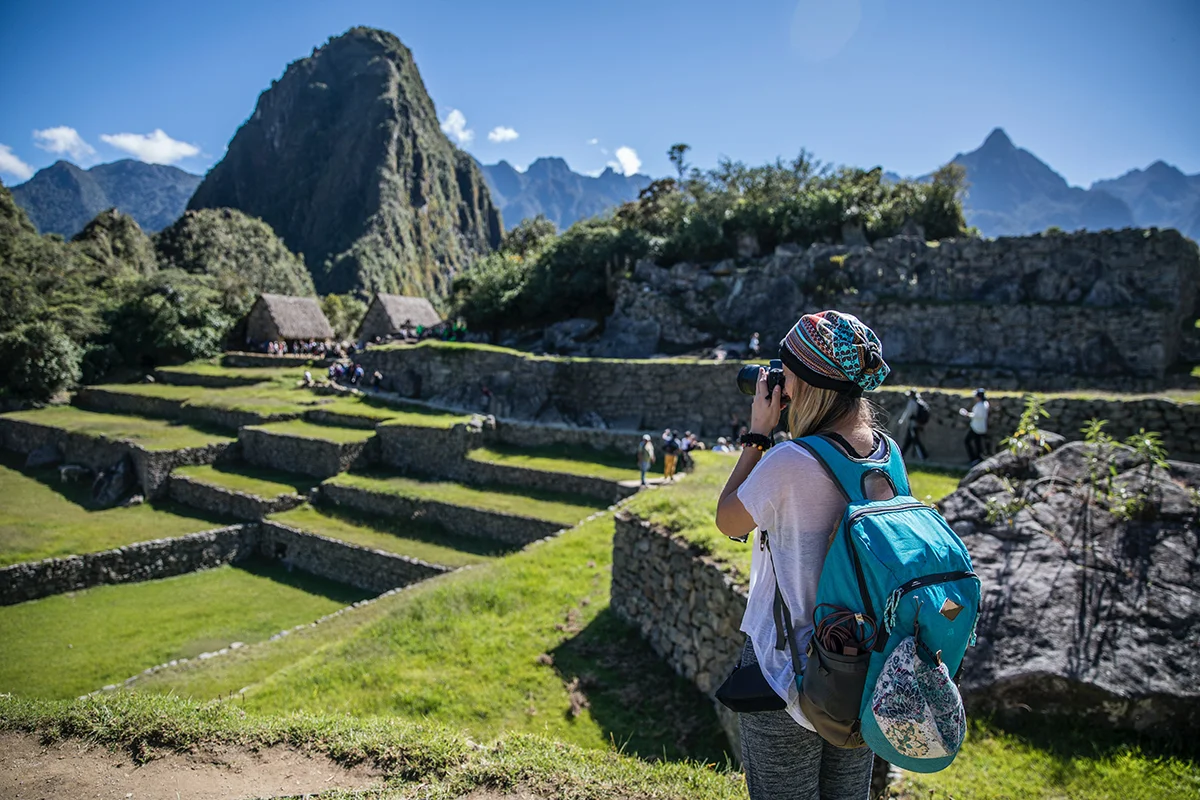
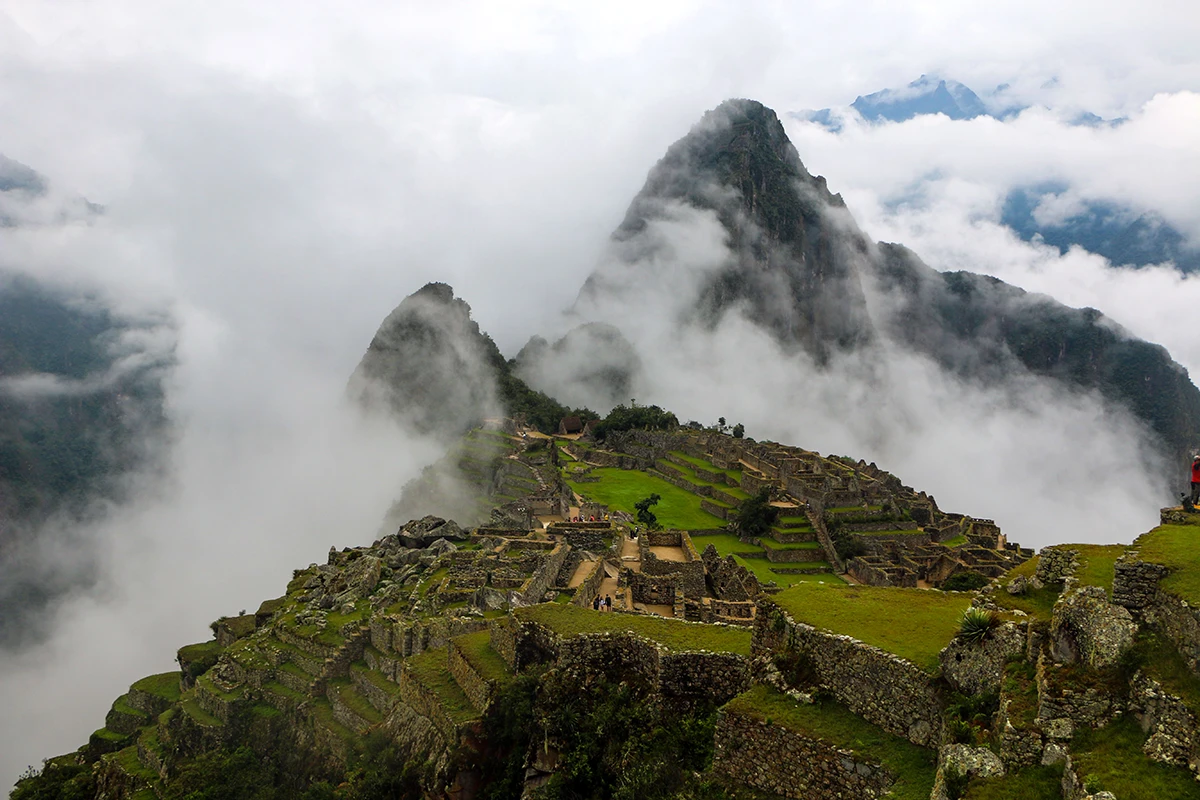

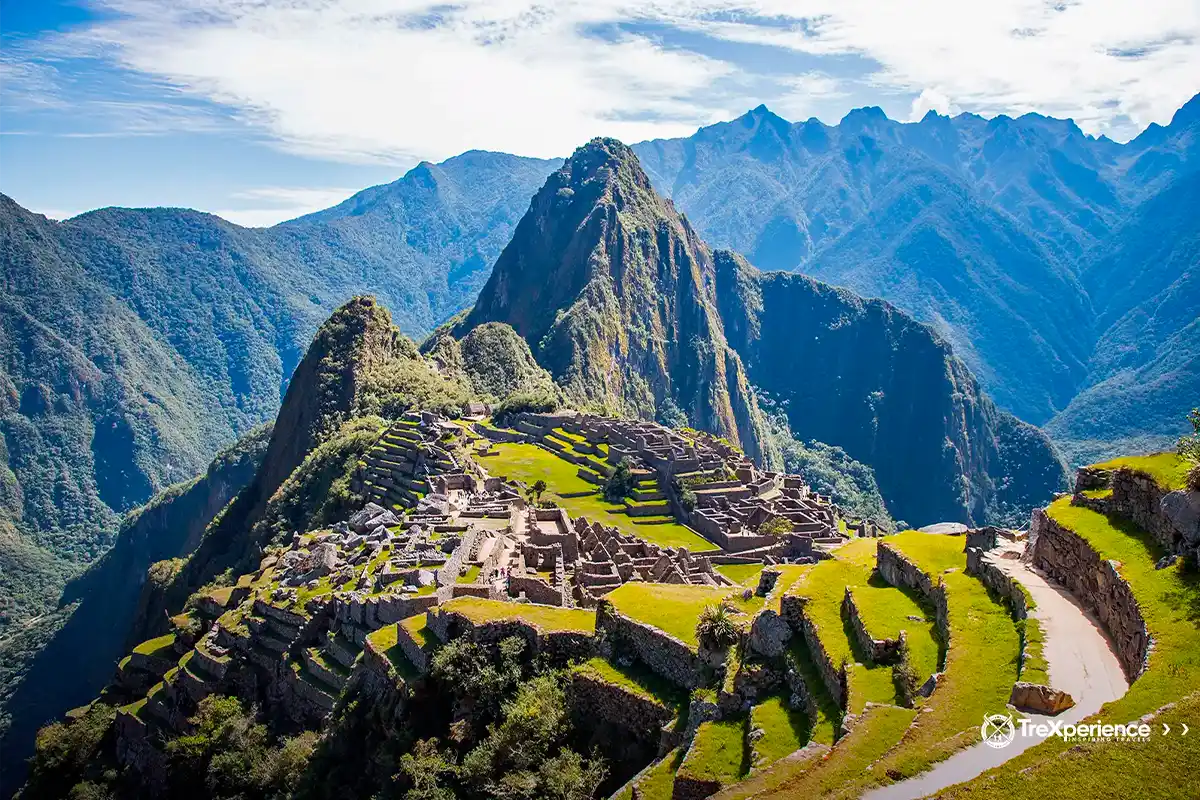

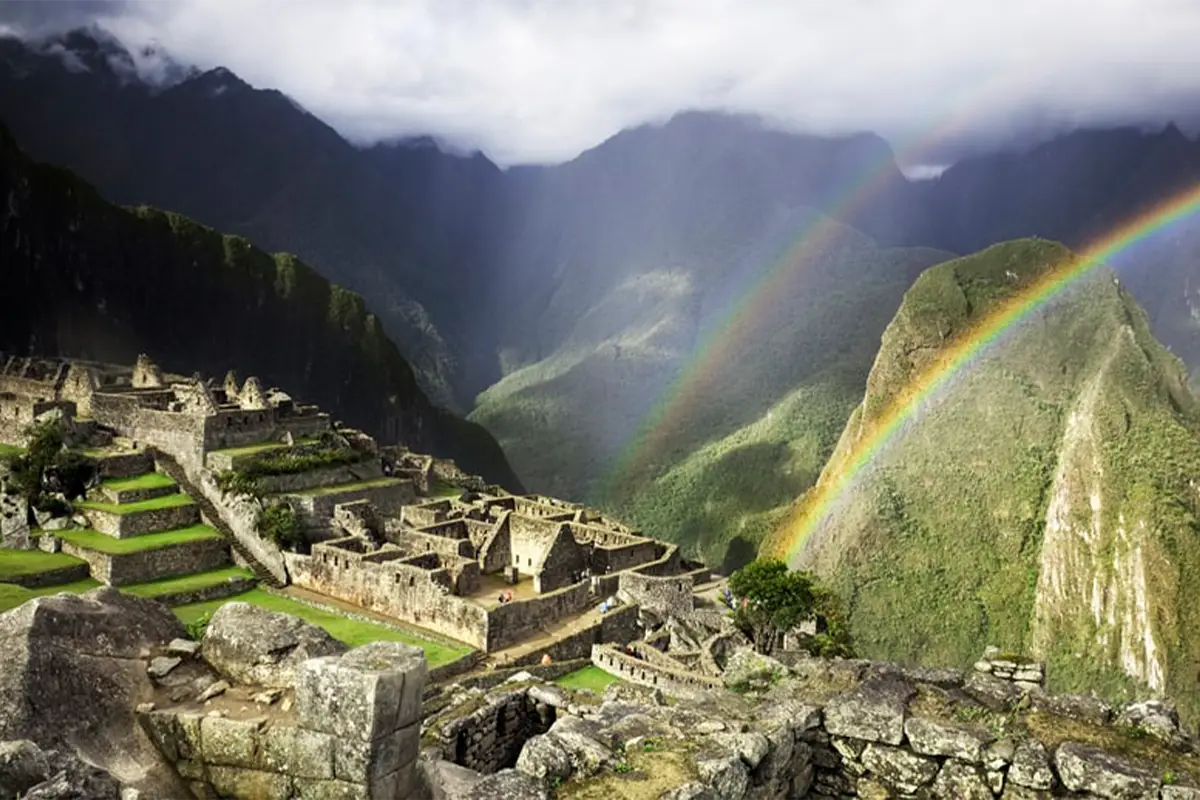
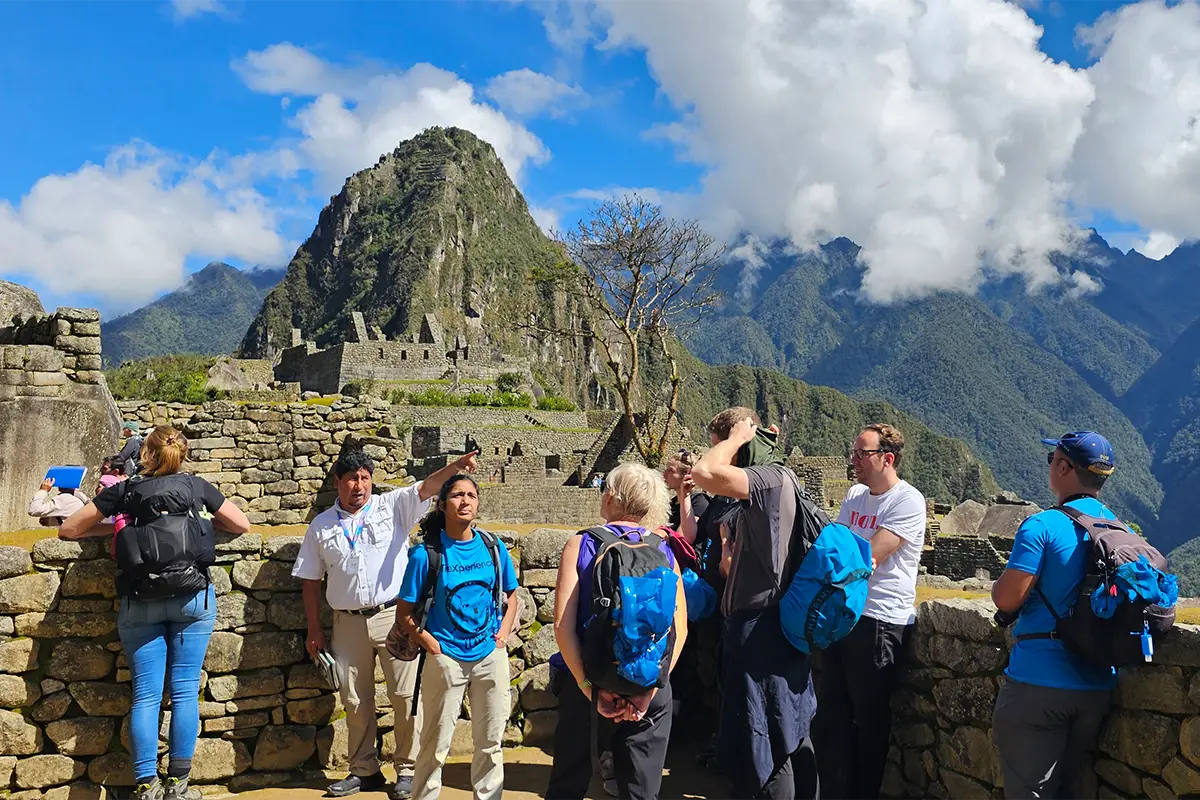
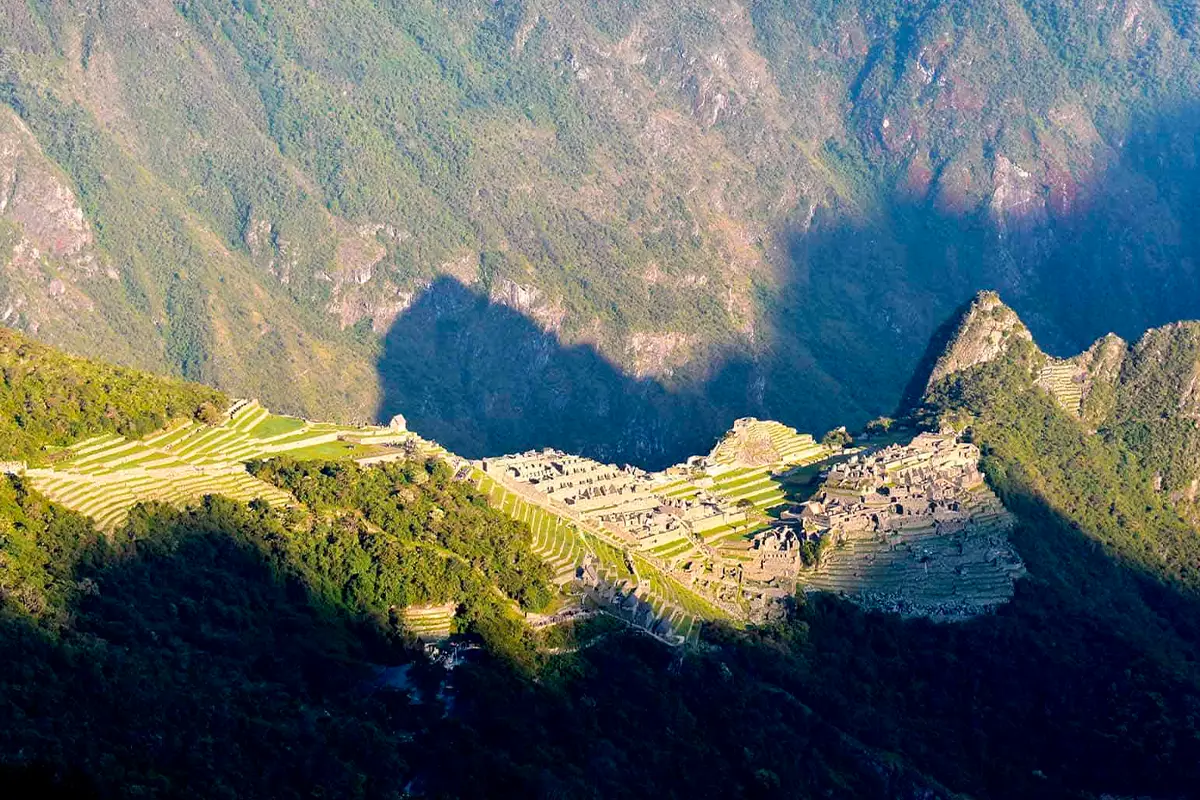
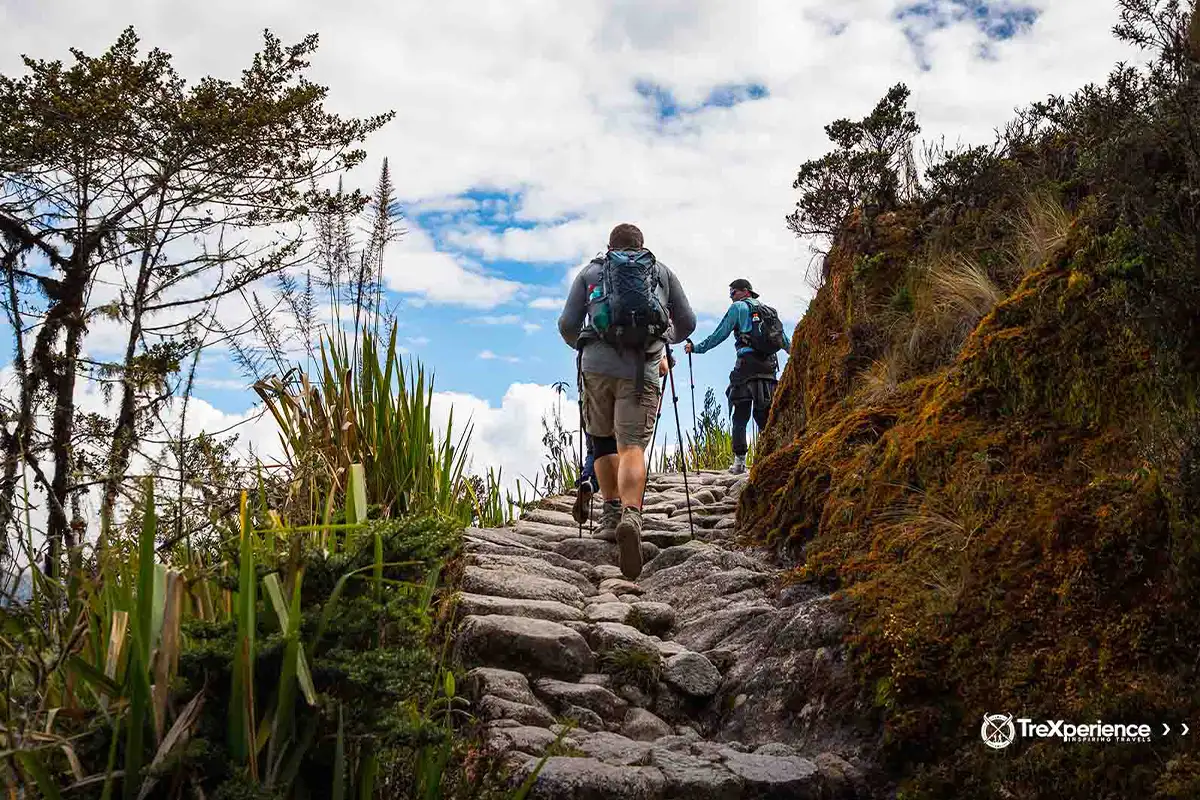

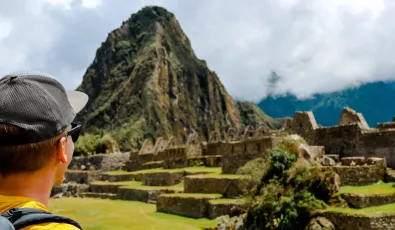
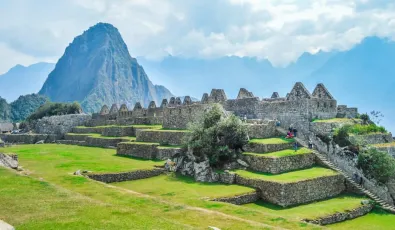


Machu Picchu tours
Thanks, very useful information.
Add new comment